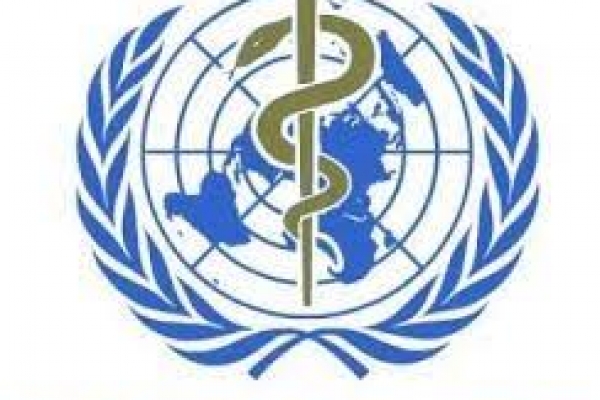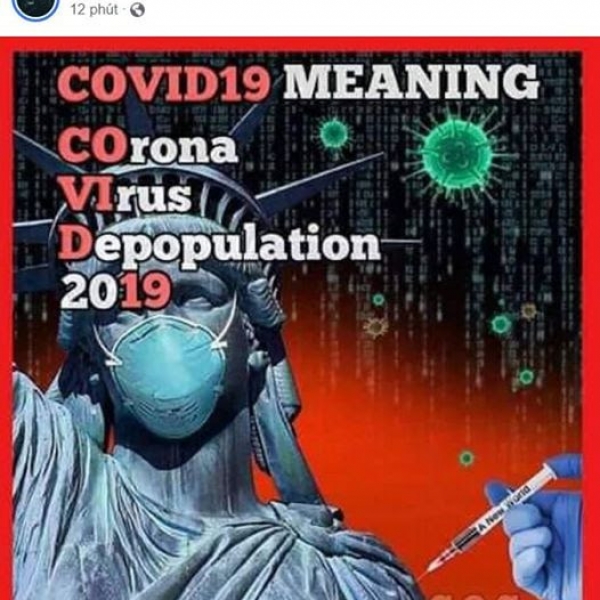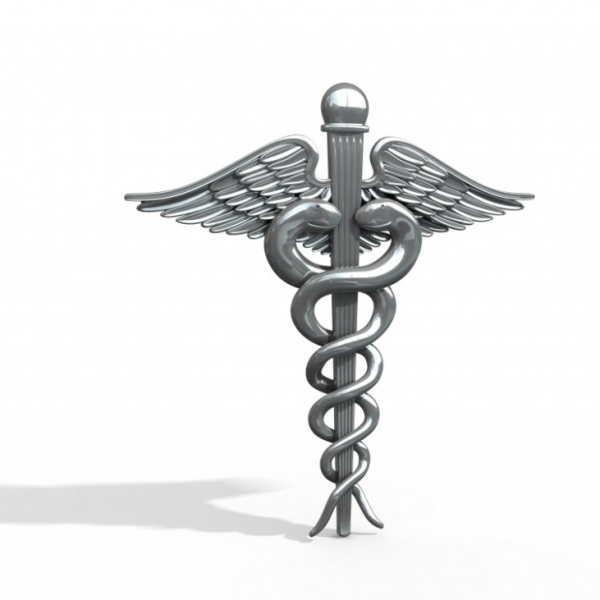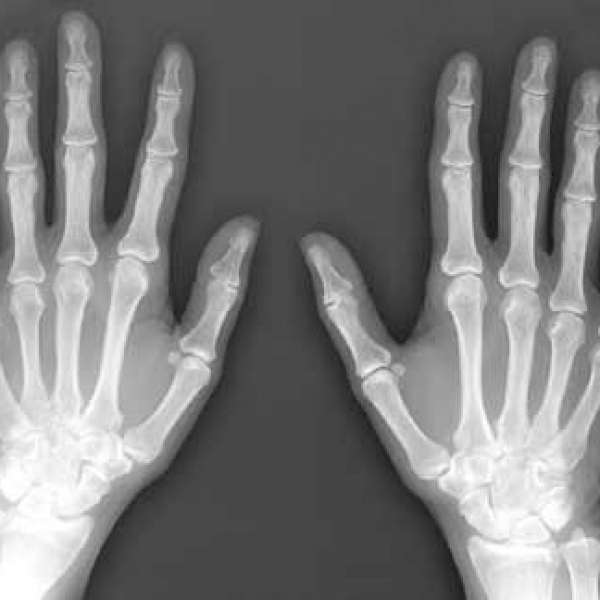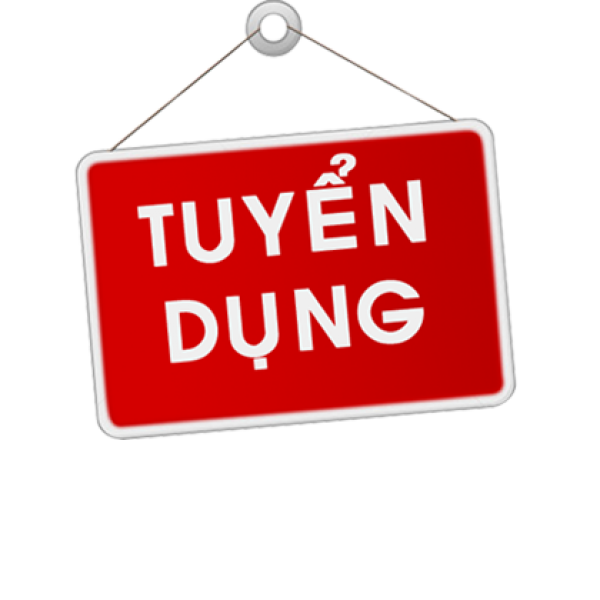Contact Admission
BASIC INFORMATION ON TESTING IN COVID-19 TRANSLATION
The role of medical testing
After questioning the disease, the physician will conduct a clinical examination to target the disease, then ask the subclinical to perform procedures and tests to identify the disease, assess the level and prognosis.
A medical test needs to look for two criteria: the higher the specificity Sp, the lower the number of false positives (Sp 100%, the false positive is 0%); and the higher the sensibility (Se), the lower the false negative (at 100% Se, the 0% false negative). In practice few have had ideal tests with both Se and Sp being very high.
Tests for translation of COVID-19
During the COVID-19 pandemic, there are two groups of tests for SARS-CoV-2: virus test and antibody test.
1. Virus diagnostic test (viral diagnostic test)
Is a direct virus detection test. The specimen tested is nasopharyngeal fluid, which is intended to help detect an active SARS-CoV-2 coronavirus infection.
There are two types of viral diagnostic tests: molecular test, such as nucleic acid amplification test (NAAT), RT-PCR test, LAMP test, and antigen test to detect proteins on the surface. face of the SARS-CoV-2 virus.
2. antibody test
Is an indirect virus detection test. The specimen is blood, which looks for antibodies synthesized by the body's immune system against the SARS-CoV-2 virus.
Since antibodies are only produced a few days or weeks after infection and persist for some time after recovery, antibody tests are not used to diagnose a COVID-19 infection as well. evaluate future immunity.
Test for COVID-19 in Vietnam
Currently in Vietnam we are using two types of tests
1. ELISA rapid test
This is an indirect test, a test to detect antibodies produced after being infected with SARS-CoV-2.
2. RT-PCR test
As a live test, the test for detecting an active SARS-CoV-2 virus, that is to detect patients with COVID-19, and to identify, confirm, and diagnose those who have had a positive screening test. count.
Something to discuss
WHO recommends that direct tests, such as RT-PCR, be used to confirm a diagnosis of infection. Because of the nature of direct tests is to look for the true presence of viral constituents in the body.
The "rapid" tests we are using are indirect tests, tests to detect antibodies produced by the immune system when infected with SARS-CoV-2 still exist in the body of an infected person. . Therefore, a person with a positive rapid test result only indicates that the person has been infected with SARS-CoV-2, but cannot confirm that he has COVID-19. In contrast, a person with a negative rapid test cannot confirm that 100% of the person is not infected with the SARS-CoV-2 virus and is not infectious to others.
In summary, we should follow the advice of USCDC that “If you test positive or negative for COVID-19 on a viral or antibody test, you should still take precautions to protect your copy. If you test positive or negative for COVID-19 on a viral or an antibody test, you still should take preventive measures to protect yourself and others [1]
REFERENCES
[1] Testing for COVID-19
[2] Coronavirus testing basics
[3]
[4] Covid-19 Rapid Test: Is Negative?
[5] A negative rapid test can still cause Covid-19
[6] The quick test, although negative, is not in a hurry
Other news
- May 19 morning: Vietnam has 31 new COVID-19 cases, the Ministry of Health consults with a 'record' of 20 severe cases ( 08:51 - 19/05/2021 )
- May 06, an additional 8 cases COVID-19 at the Tropical Disease Hospital Central ( 10:10 - 06/05/2021 )
- This morning 5-5, Vietnam has no new cases of COVID-19, more than 602,000 more globally ( 14:29 - 05/05/2021 )
- On the morning of May 3, Vietnam did not record a new case of Covid-19 infection ( 07:56 - 03/05/2021 )
- UPDATE KNOWLEDGE ON HOW VACCINE COVID-19 WORKS ( 10:28 - 20/03/2021 )
- On the morning of March 1, no cases of COVID-19, 210 patients undergoing treatment were negative ( 08:28 - 01/03/2021 )
- On the morning of February 25, there was no new case, a patient with very severe COVID-19 ( 08:35 - 25/02/2021 )
- How to wear a Mask properly ( 09:01 - 22/02/2021 )
- 39 provinces and cities let students stop going to school ( 09:47 - 17/02/2021 )
- COVID-19 'brutally exposes' the technological gap ( 15:29 - 30/01/2021 )



